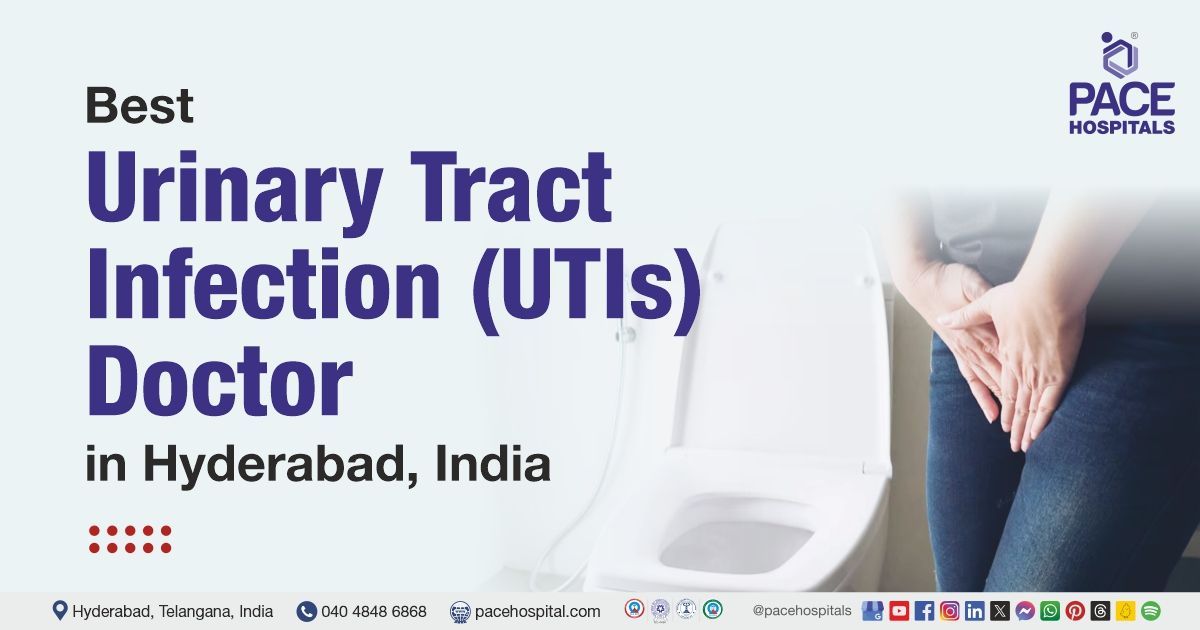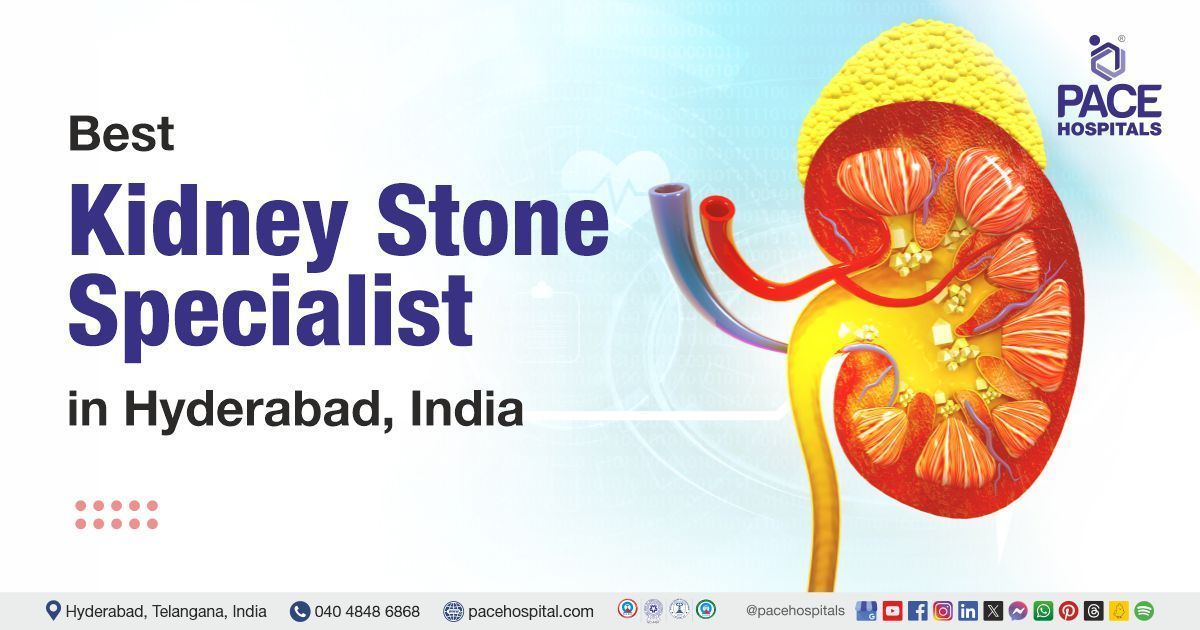Progressive Perineal Urethroplasty for a Young Patient with Pelvic Fracture Urethral Injury
PACE Hospitals' Urology team successfully performed a
progressive perineal urethroplasty for a 19-year-old male with a pelvic fracture urethral injury (PFUI).
Chief Complaints
A 19-year-old male patient with chief complaints of poor urine flow and with a history of urethral injury post pelvic fracture, followed by endoscopic treatment elsewhere was presented to the consultant laparoscopic urologist, Dr Abhik Debnath, at
PACE Hospitals, Hitech City, Hyderabad.
Medical History
Delving deeper, it was understood that the patient had poor urine flow and had a history of urethral injury post pelvic fracture which led to his admission to the PACE Hospitals for additional care and management.
Diagnosis
Upon being admitted to PACE Hospitals and understanding the history and physical examination, the patient was subjected to all the necessary laboratory investigations.
Evaluating the diagnostic investigations, the patient was diagnosed with pelvic fracture urethral injury (PFUI). This means that the broken pelvis had injured his urethra, causing urinary problems. On examination, a 2cm of distraction defect and vesicular fistula was noted between the bladder and urethra. To fix this, a temporary tube (SPC) was placed to drain the urine.
Treatment
After consultations with consultant laparoscopic urologist- Dr. Abhik Debnath, it was determined that progressive perineal urethroplasty surgery was the effective method for treating the patient.
Progressive perineal urethroplasty is a surgical technique that is used to repair pelvic fracture urethral distraction defects (PFUDD). This surgical method is effective in treating urethral injuries that result from pelvic fractures, which can lead to significant complications if not addressed properly.
With necessary investigations performed & clearances obtained, which included a pre-anesthesia checkup, the patient underwent progressive perineal
urethroplasty surgery under general anesthesia. A tension-free, watertight anastomosis using PDS 4–0 sutures was performed, which involves stitching two parts of the urinary system together without stretching them so that no leaks occur. The procedure was supervised by the consultant laparoscopic
urologist - Dr Abhik Debnath - and it was accomplished successfully without any complications.
The Aftermath
The intra and post-operative course were uneventful. The patient was discharged in stable condition with 2 Foley catheters (a thin, flexible catheter to drain urine from the bladder) in situ.
Necessary medications such as antipyretics, proton pump inhibitors, beta-lactam antibiotics, and anti-inflammatory, and nutritional supplements were prescribed, and adequate fluid intake (3-4 litres per day) was recommended. The patient was discharged upon achieving hemodynamic stabilization and was advised to follow a sitz bath twice daily for 2 weeks. He was also advised for catheter care and wound dressing daily.
The patient was instructed to contact PACE Hospitals at once in case of fever, abdominal pain, or vomiting. The patient was advised to get a review done after 1 week for dressing and after 6 weeks for catheter removal.
Share on
Request an appointment
Fill in the appointment form or call us instantly to book a confirmed appointment with our super specialist at 04048486868











